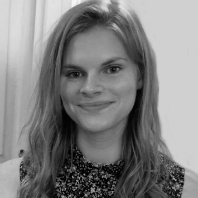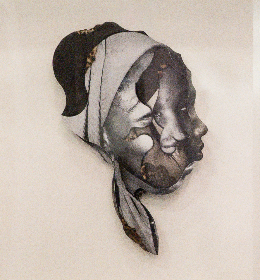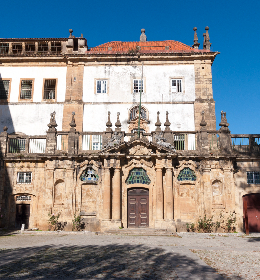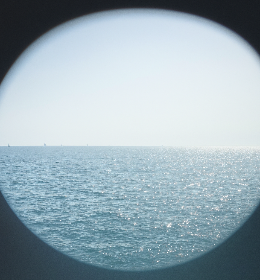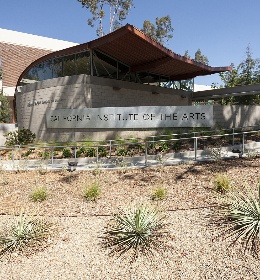Reserved for women artists based in the UK who have not previously had a major solo exhibition, the Max Mara Art Prize for Women aims to promote emerging female artists,helping them to develop their potential, and to inspire new artistic perspectives on 21st century Italy.
A jury composed of Iwona Blazwick OBE (Director of the Whitechapel Gallery), Florence Ingleby (gallerist), Chantal Joffe (artist), Fatima Maleki (collector) and Hettie Judah (art critic) agreed on the artists shortlisted for the eighth edition of the prize. The winning finalist (to be announced early 2020) will create an ambitious new project during the residency, to be exhibited in solo shows at the prize’s partner institutions: the Whitechapel Gallery in London, and the Collezione Maramotti in Reggio Emilia (where the residency takes place).
So, who could follow in the footsteps of Helen Cammock (2017-19), Emma Hart (2015-17), Corin Sworn (2013-15) and Laure Prouvost (2011-13)?
Allison Katz (b.1980)
Balancing personal experience with collective iconography, Katz’s works intertwine familiar images including animals, human figure and still-life with abstract and surreal narratives. Often featuring wordplay and a textural dimension, her practice includes painting, ceramics, graphics and writing.

Allison Katz, AKgraph (Illuminated), 2014-16; Acrylic on canvas, 200x130cm
Katie Schwab (b.1985) -
A graduate of the Glasgow School of Art, Schwab works with tapestry, ceramics, embroidery, furniture, printmaking, video and more, embracing the social, historical and formal contexts for which they are made. Through a developmental approach of workshopping and interviews, undertaking tuition, partaking in tours and exploring archival records, she documents knowledge and skills shared between artists, students, museums staff, technicians and local residents.
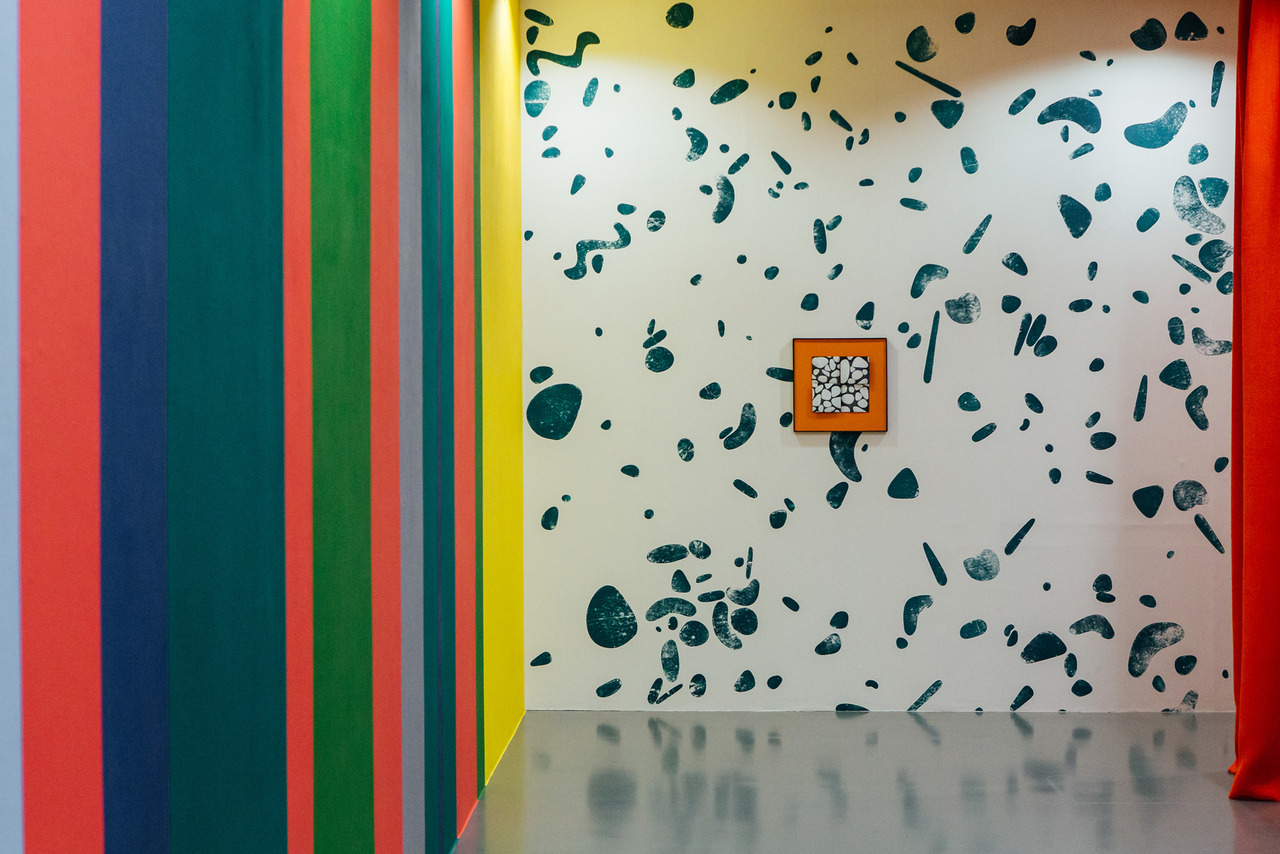
Photo: Andy Ford. Katie Schwab, A Working Building, 2019; Installation image from The Gallery at Plymouth College of Art
Tai Shani (b.1976)
Shani creates vividly coloured sculptures within elaborate installations, sometimes involving experimental texts scripted by the artist. Re-imagining feminine otherness as a perfect totality, she sets performance, film, photography and installation in a world complete with cosmologies, myth and histories that negate patriarchy.

Photo: Keith Hunter Photography. Tai Shani, DC: SEMIRAMIS, 2018; Performance at Tramway Glasgow
Emma Talbot (b.1969)
Exploring autobiography through drawing, painting, installation and sculpture, Talbot confronts the personal as political, social politics, gender, the “natural world” and our intimacy with technology and language. In an evocation of the symbolic, the metaphoric and the everyday, she articulates memories and psychological states as visual poems or associative ruminations.

Emma Talbot, Sounders of the Depths, 2019; Watercolour and gouache on khadi paper, 30x40cm
Hanna Tuulikki (b.1982)
As an artist, composer and performer, Tuulikki’s practice spans performance, film and multi-channel audiovisual installation. With a particular interest in mimesis, her work explores how folk narratives, memory, ritual and technology within specific environments and ecologies can help us investigate the spaces “in-between” human and more-than-human, male and female, or ancient and contemporary.
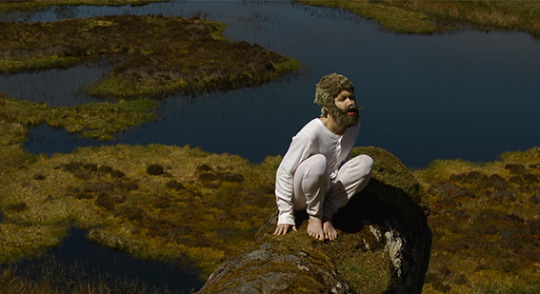
Hanna Tuulikki, cloud-cuckoo-island, 2016; Film still



